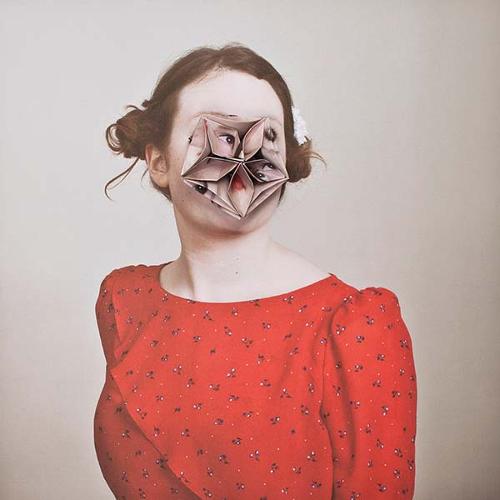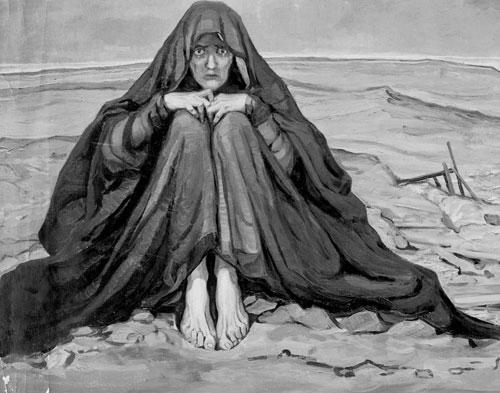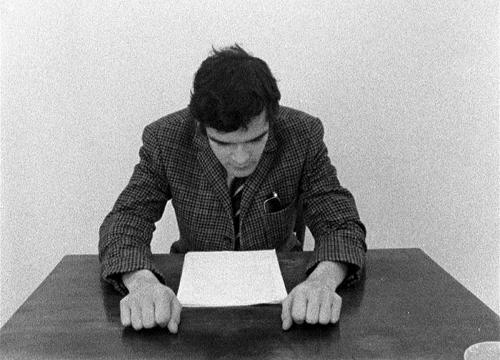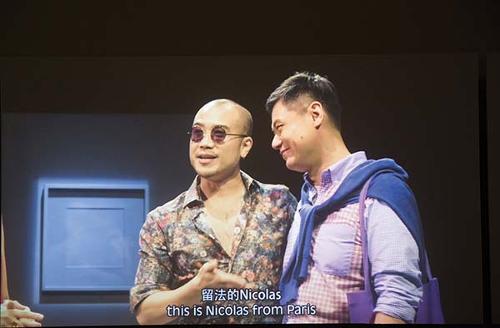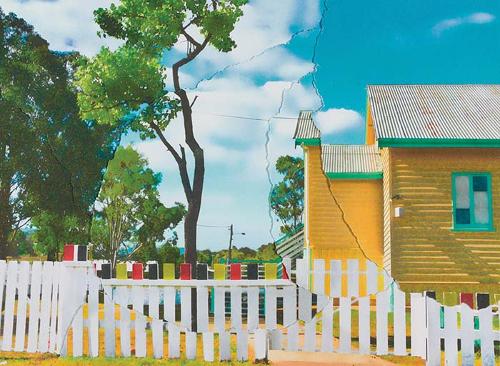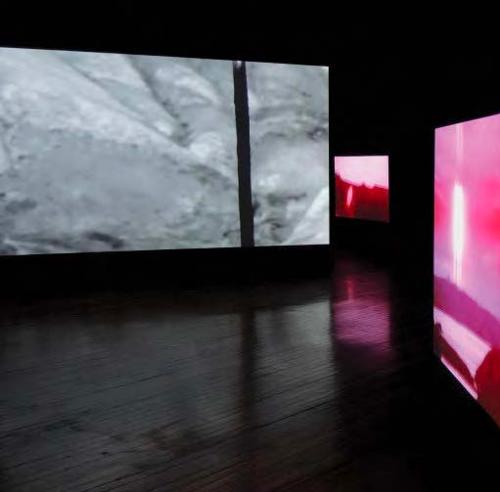
For the third Queenstown Heritage & Arts Festival, Constance ARI's Jude Abell curated Working Water: Making Home, commissioning contemporary site-specific artworks from six Tasmanian artists for the Lake Margaret Power Station precinct. The row of modest corrugated iron houses in the rain forest that look out onto the pipeline was home to the Hydro workers from 1914 when the station was commissioned. Increasing automation, more efficient transport and changes in lifestyle expectations brought the demise of the village in the 1970s.
The overwhelming focus of the artworks is on remembering a close-knit community and nostalgia for a joyful golden past. This experience begins with Amanda Shone’s playground overlooking the station and the village, a swing oscillating back and forth in silent meditation on the interrelation between past and future, while catching glimpses of the sky in mirrored puddles. Raef Sawford’s video unfolds the story of a bunch of children from a time when childhood meant whole days exploring with mates.
Sow by Dean Chatwin plays homage to the act of growing in this inhospitable climate by re-establishing the abundant veggie patch. In his accompanying work, Radiate, the found shells of thousands of refuge-seeking ladybirds retrace the form of a sun or turbine on the floor of a deserted house. In their retreat from the cold to the comparative safety of these empty houses the old nursery rhyme is conjured to uncanny effect. Sara Maher and Nigel Farley’s delicate sound-augmented installation, Where The Shadow Falls, marks the intervening years with the effect of the damp conditions on the fabric of the old houses - the shadows literally flaking, dissolving, falling – accentuating the unrelenting and yet strangely beautiful process of decay.
In Queenstown’s main street viewers are treated to Tara Badcock’s magical mystery box of embroidered postcards and memorabilia of dances, train rides and rowing on the lake. The construction of the work reinforces the importance of family and community – the artist, her mother, father and partner each playing pivotal roles.
In some ways this series of installations are outsider’s views constructing a romantic past. But this perspective is affirmed by the ex-residents, who returned to visit their homes. This is a place where time has stopped and we get a chance to stop, reflect and recalibrate.
Through the haze of nostalgia and loss that permeates the artworks, I take this moment to see the work in the broader context of the Queenstown Festival and the enthusiasm that this weekend of cultural experience has generated. I find a sense of renewal – a community reconfiguring itself, transforming from the old singular short-term economy of mineral extraction and environmental degradation to a more complex, multi-dimensional and sustainable cultural space – a revival stimulated by art.
Tasmania’s west is perhaps the ultimate 'other’ – a place beyond the beyond. And yet it heralds the future, for the Lake Margaret Power Station is still working after a hundred years, and as a clean and green hydro generator has the capacity to successfully make the transition to the new sustainable economy without missing a beat. Marking this place through art applies a salve to heal old paradigms and lay down a path to a new future.

